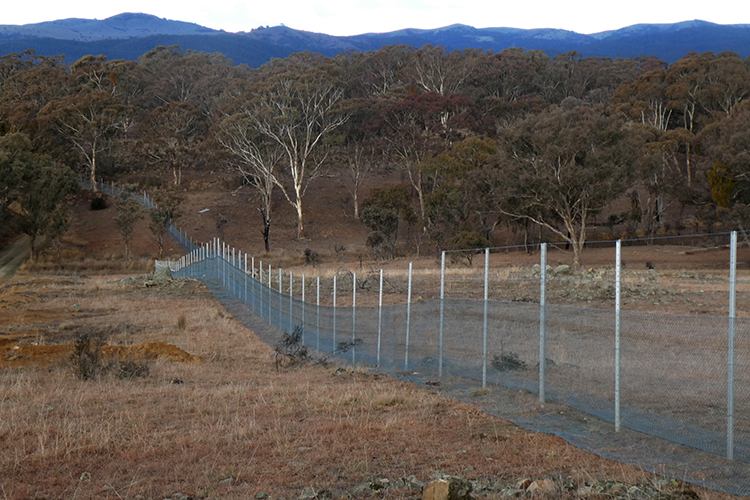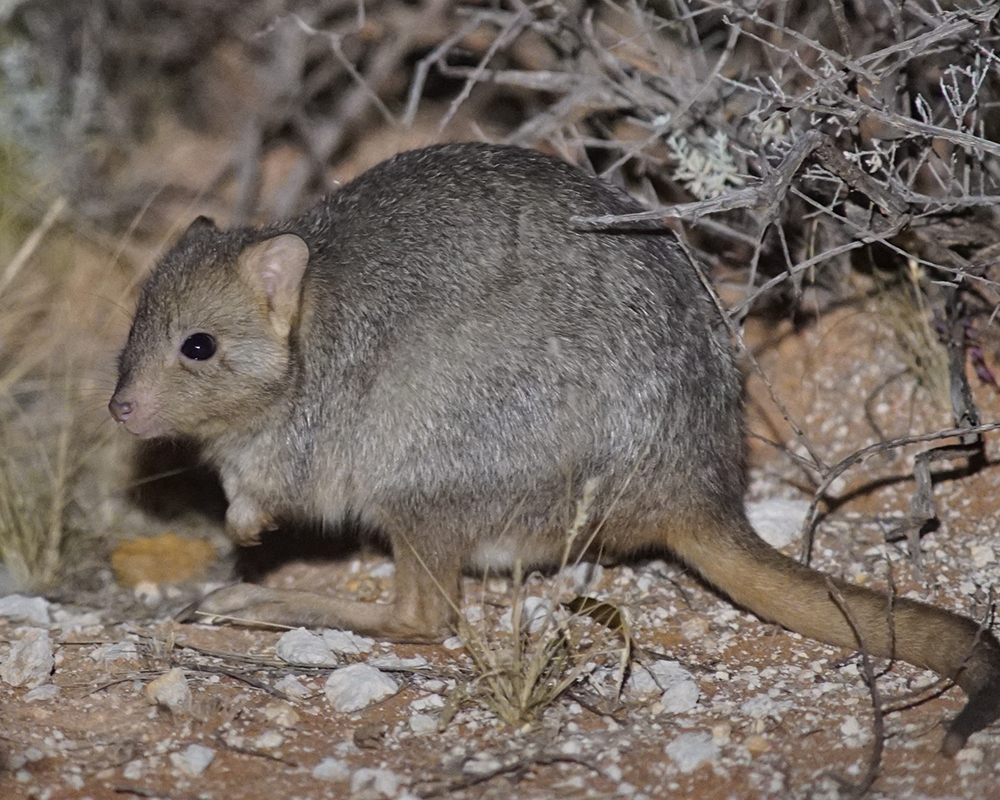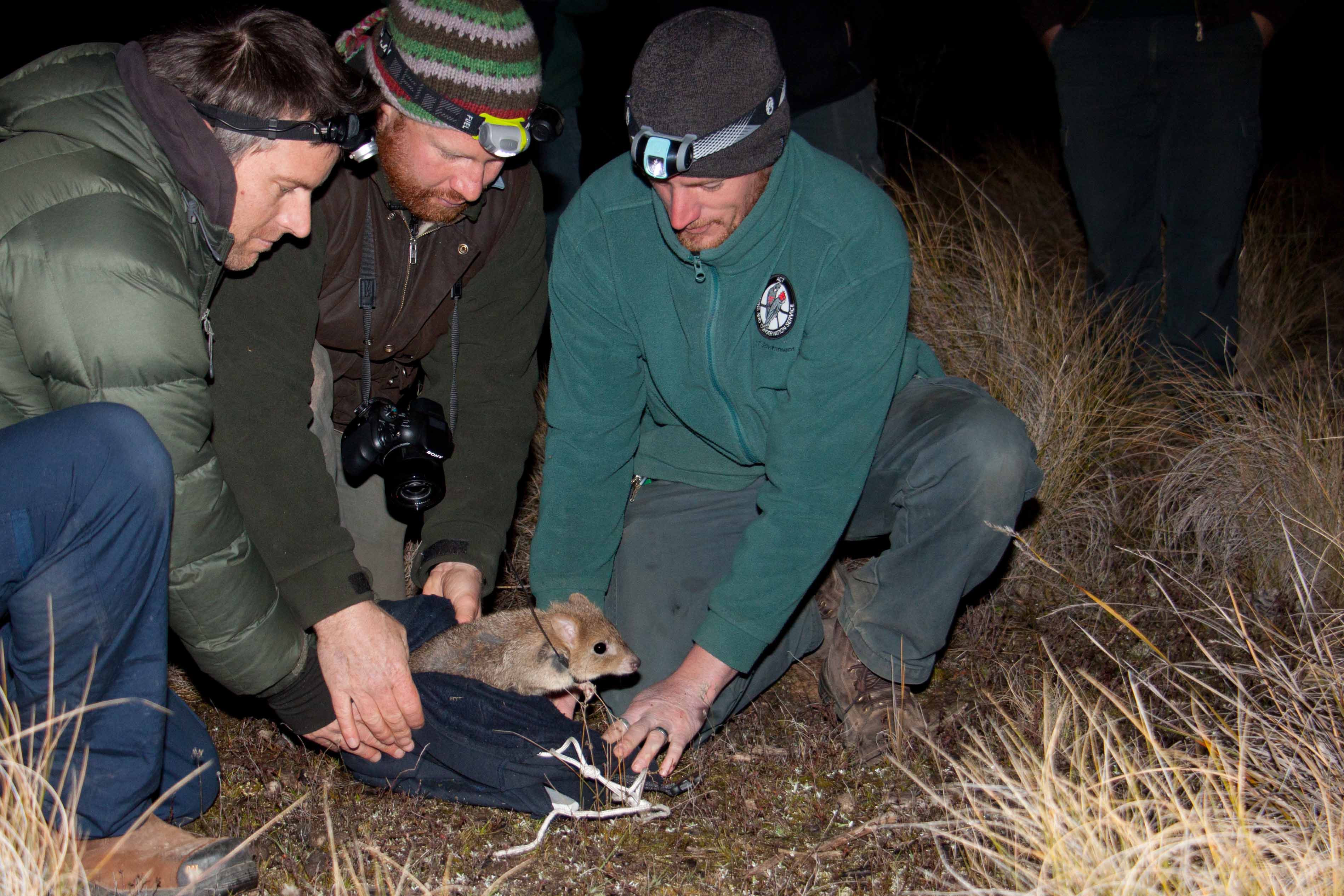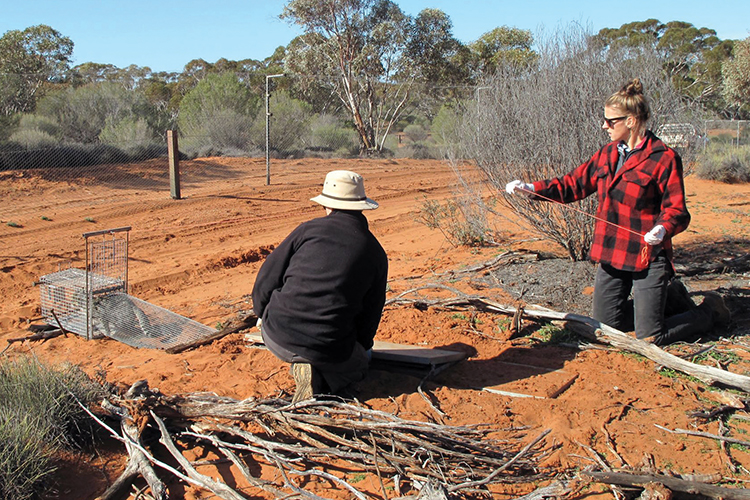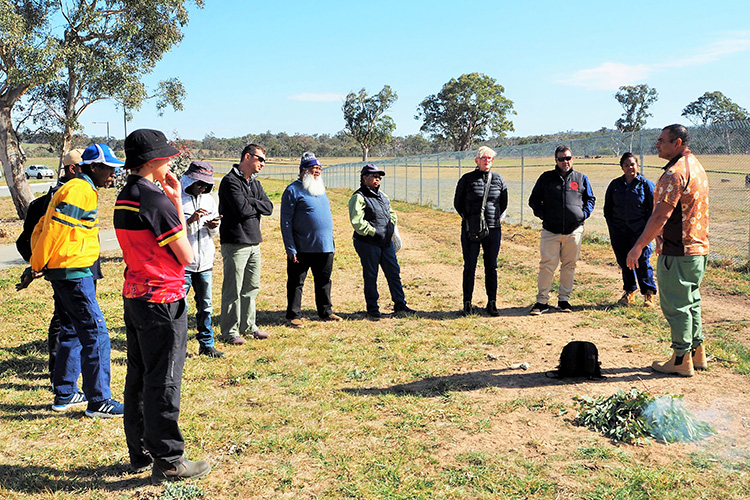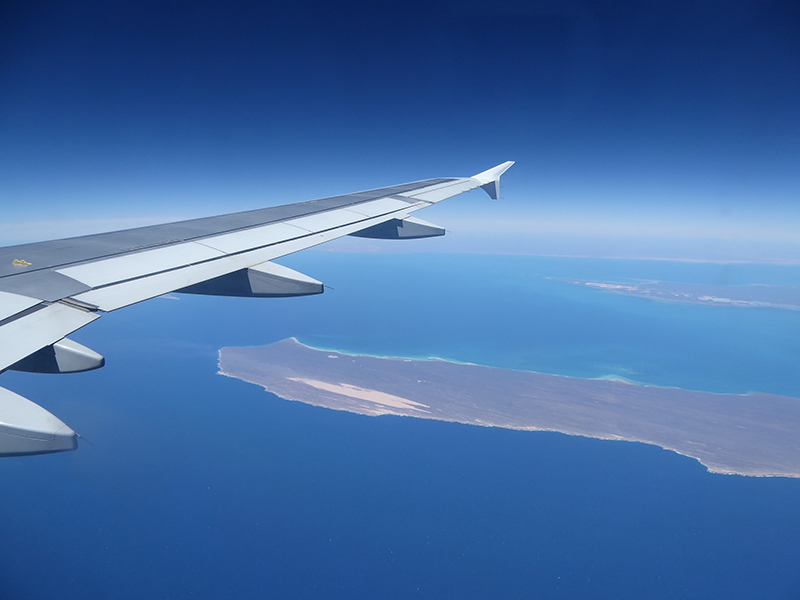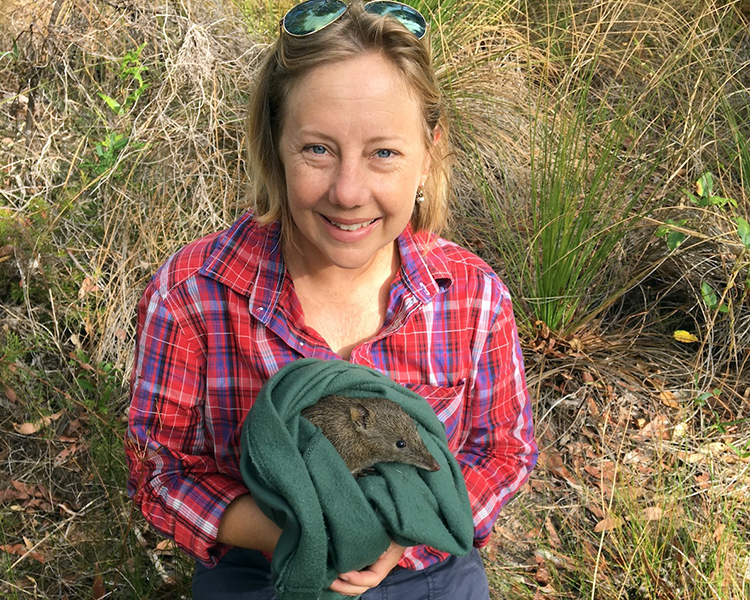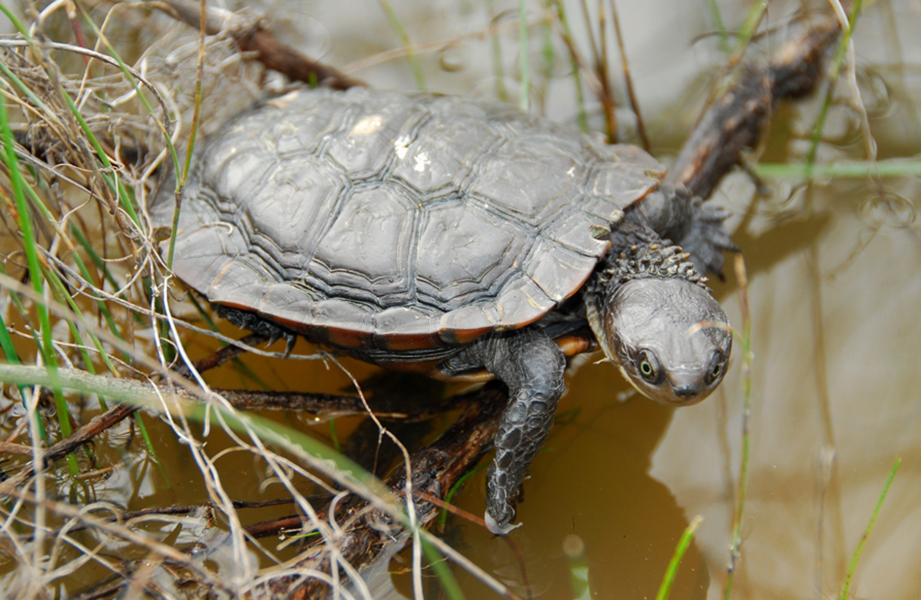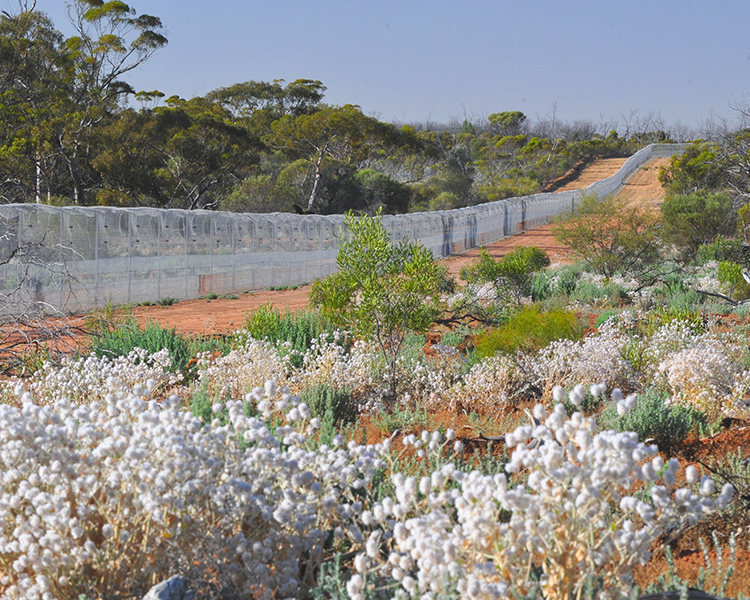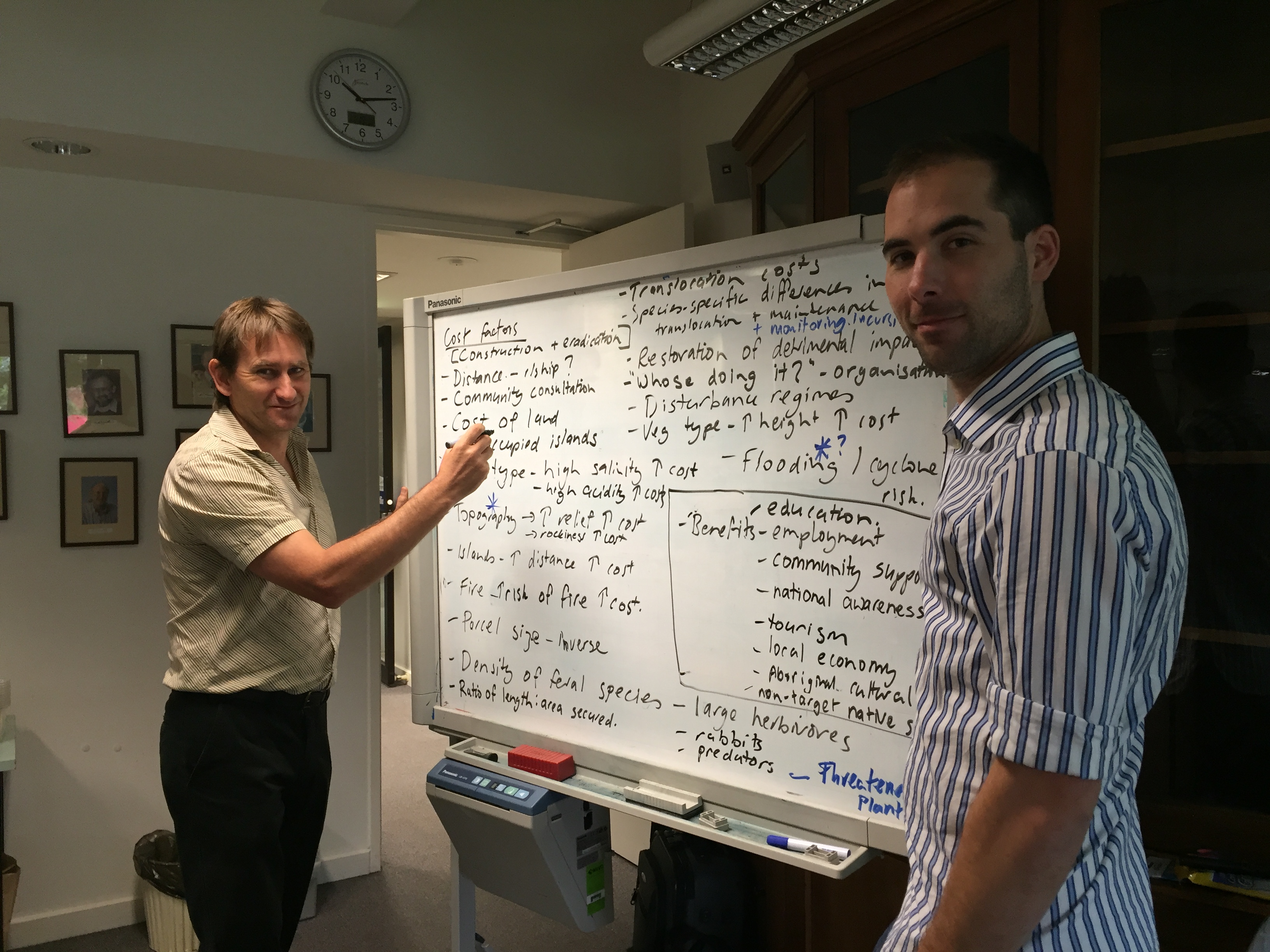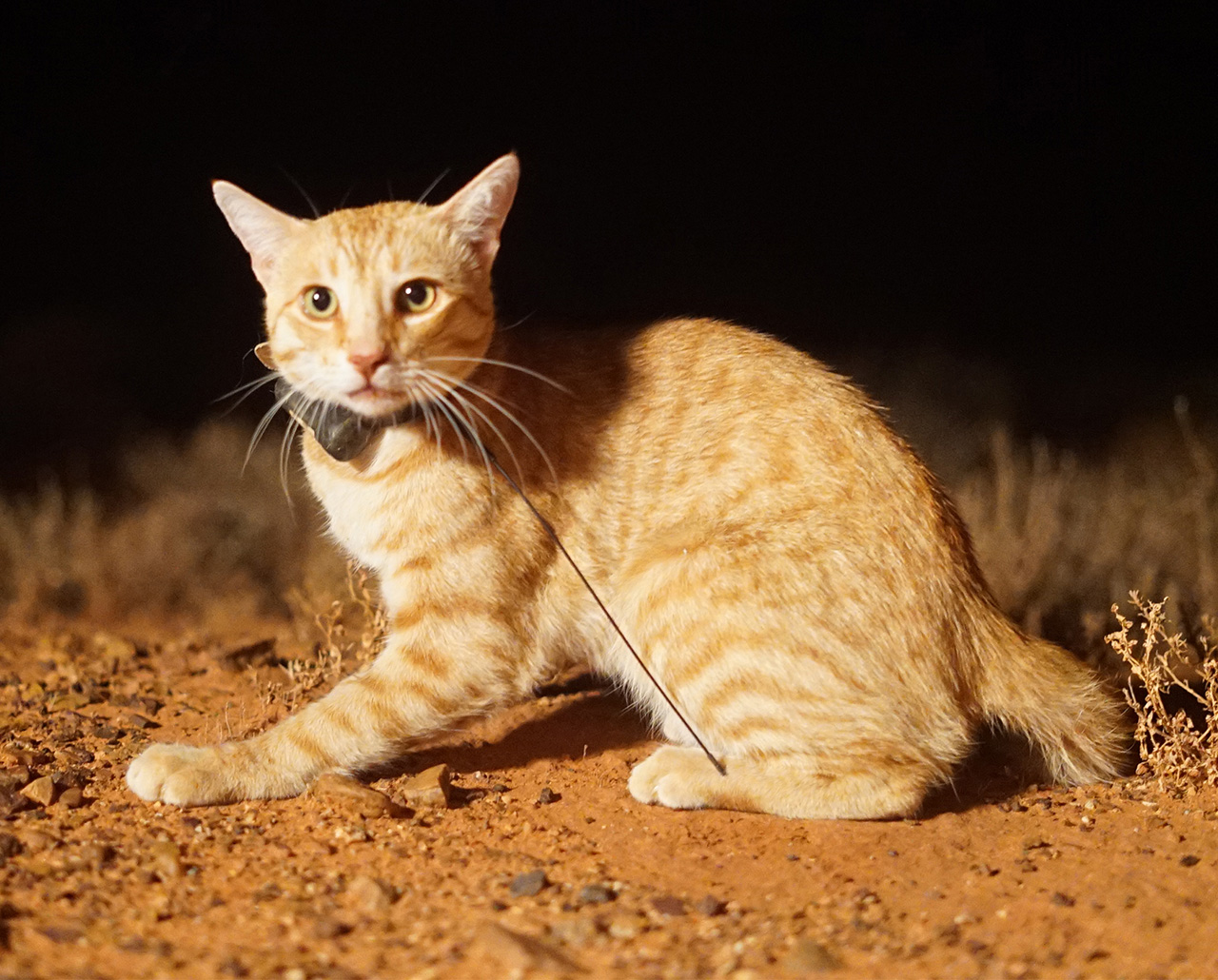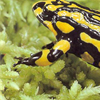If a primary purpose of the network of island and fenced havens is to prevent extinction, we now need to consider which species most need protection in a haven, then make sure that they are represented in enough havens so that an event, like a big fire or fox incursion, will not spell catastrophe. Given the high costs and time needed to establish havens, and the urgency many species face, we also need to achieve this in the most efficient way. A Threatened Species Recovery Hub research project set out to do just that, working with research, government and non-government conservation groups across the country.
First, we categorised every Australian non-flying terrestrial mammal species for their susceptibility to predation by cats and foxes. We found that of 246 species (including extinct species), 89 species are so susceptible that they are either already extinct, or need representation within the haven network to persist.
Excluding already extinct species, that left us with 52 predator-susceptible species, and 15 additional sub-species.
Second, we took stock of the current network of island and fenced havens in Australia to determine which mammal species (and sub- species) are adequately represented and which are not. We documented the location and size of every haven in Australia, and every population of threatened mammal that exists within a haven.
As of 2017, there were 17 fenced and 101 island havens protecting 188 populations of 32 predator-susceptible threatened mammal species and an additional 6 subspecies. This is an impressive contribution to the conservation of Australia’s mammal fauna. Furthermore, 14 new havens are currently being established.
Island havens are much larger on average than fences (the largest island is 628 km2, versus 123 km2 for the largest fenced area) and islands cover a larger cumulative area than fenced havens (a total of 2152 km2 for islands, versus 346 km2 for fenced areas). About 80% of the island havens naturally contained populations of threatened mammals; however, 22 of the islands had threatened mammals translocated on to them from elsewhere.
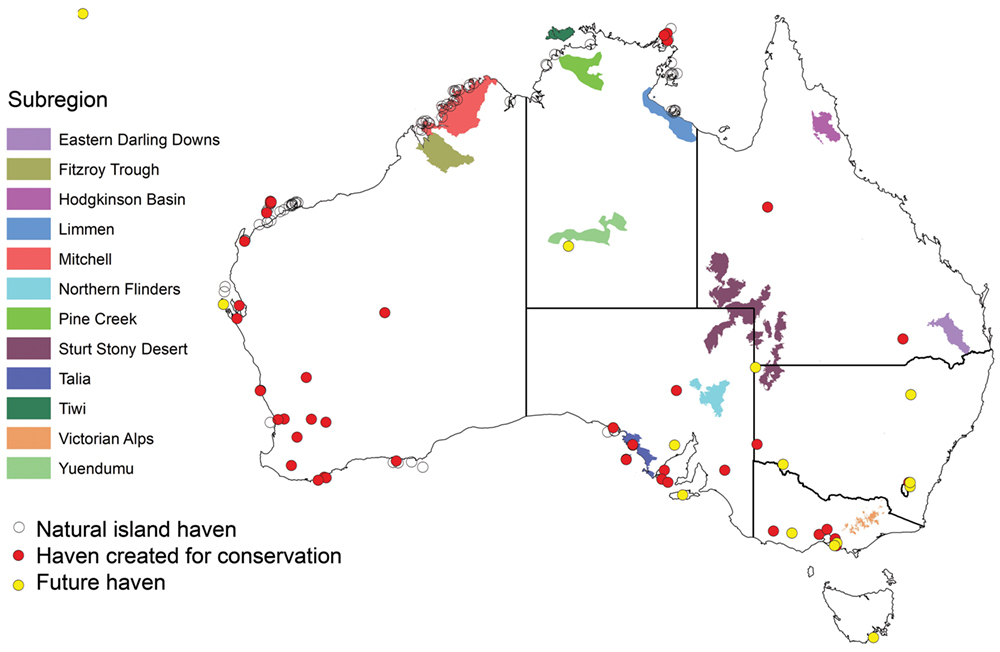
If new havens were created in each of the 12 regions shown in the map, we could achieve representation, in at least one haven, for all 67 mammal species or subspecies that are highly susceptible to predation by cats and foxes.
Protection is patchy
A key finding from this stocktake was that representation of predator-susceptible threatened mammals within the haven network is very uneven, with some well-represented, but many others not represented at all. For example, the north-western subspecies of the pale field rat (Rattus tunneyi tunneyi) and the northern quoll (Dasyurus hallucatus) each occur in well over 15 havens (all islands). At the other extreme, 15 predator-susceptible mammals only occur in one to two havens, and 29 (43%) are not yet protected within any havens.
The central rock rat (Zyzomys pedunculatus), one of Australia’s most threatened mammal species, is not represented in any havens.
In addition, the 11 most recently created havens have not added any new species or subspecies to the network, although they have consolidated protection for other species. When investment in new havens is directed towards protecting mammals that are already represented in existing havens, then other vulnerable species miss out.
The uneven expansion of havens has happened for a variety of reasons. Havens have been created and are managed by many independent organisations, ranging from local council and private individuals, to large non-government organisations and state government agencies. This diversity brings resilience to the haven network; however, these groups have a range of priorities and different regional focuses, so it’s unsurprising that when viewed as a collective, the growth of the haven network lacks a coordinated national perspective.
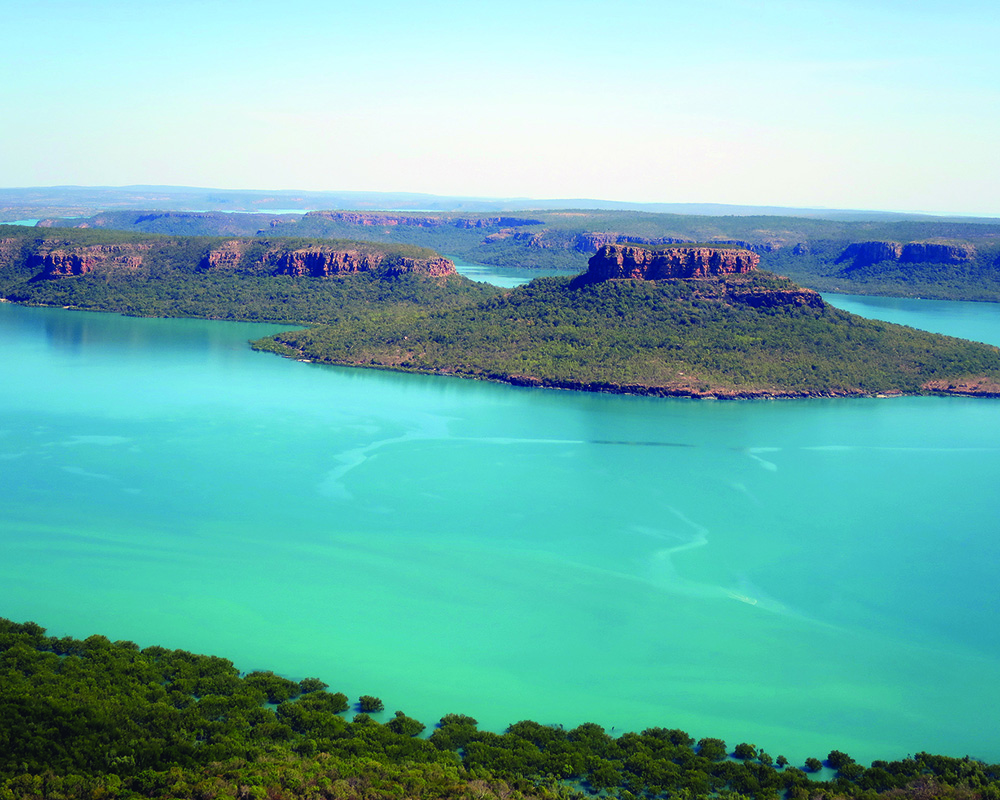
Cat- and fox-free islands in the Kimberley are safe havens for many threatened mammals. Image: Lesley Gibson
The future for havens
To redress this unevenness, future investment in havens should favour species (and subspecies) with no (or low) existing haven representation. Using systematic planning we found that by creating just 12 new havens in the right places (see map above), we could protect at least one population of all 67 predator-susceptible species and subspecies. If we created 39 new strategically-located havens we could protect at least three populations for all the 67 predator-susceptible species and subspecies.
In addition, although collaborations between organisations already exist, enhanced national collaboration and coordination would be beneficial. This could include brokering co-funded national investments across organisations to target areas and species that have been neglected to date. In addition, there could be a greater role for well-funded, multi-species recovery teams to guide network growth and the ongoing management of haven populations.
Extending Noah’s allegory: after the flood subsided, the animals disembarked and repopulated the earth. Like the ark, havens are essential for avoiding extinctions of Australian mammals in the short term. However, havens cover a minute proportion of species’ former ranges, and we need to keep sight of the longer-term objective, which is to return these species, and all their ecological functions, into much greater areas of the Australian landscape, something that will require broad-scale cat and fox control.
This project has many collaborators and partners including universities, Bush Heritage Australia, Arid Recovery, Australian Wildlife Conservancy, Wild Deserts, independent experts and the Australian, Western Australian, South Australian, Northern Territory, Victorian and New South Wales governments.
Top image: A Wandiyali Restoration Trust fence under construction in New South Wales near Canberra. Image: (c) Wandiyali Restoration Trust
